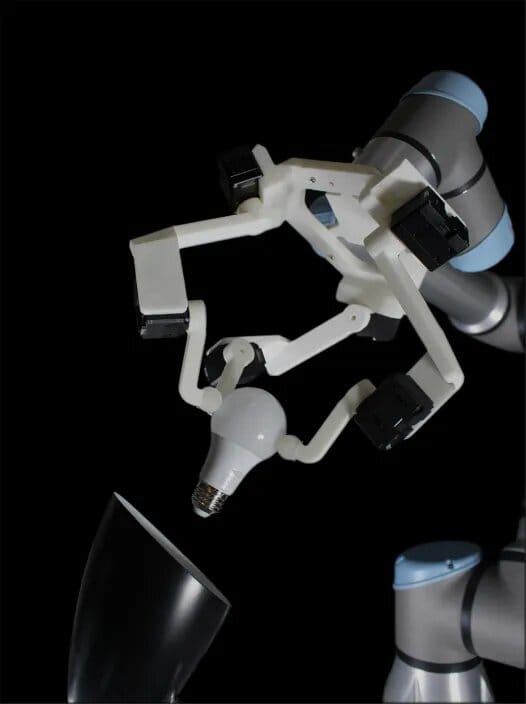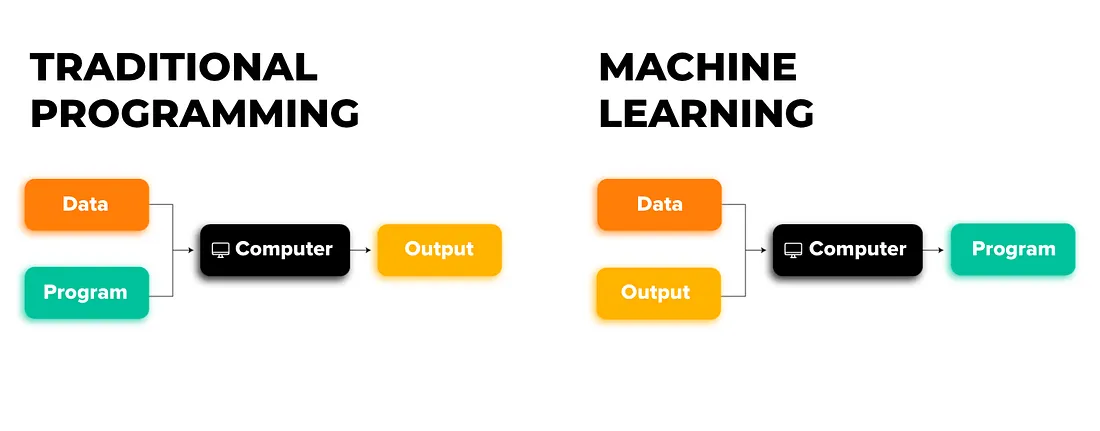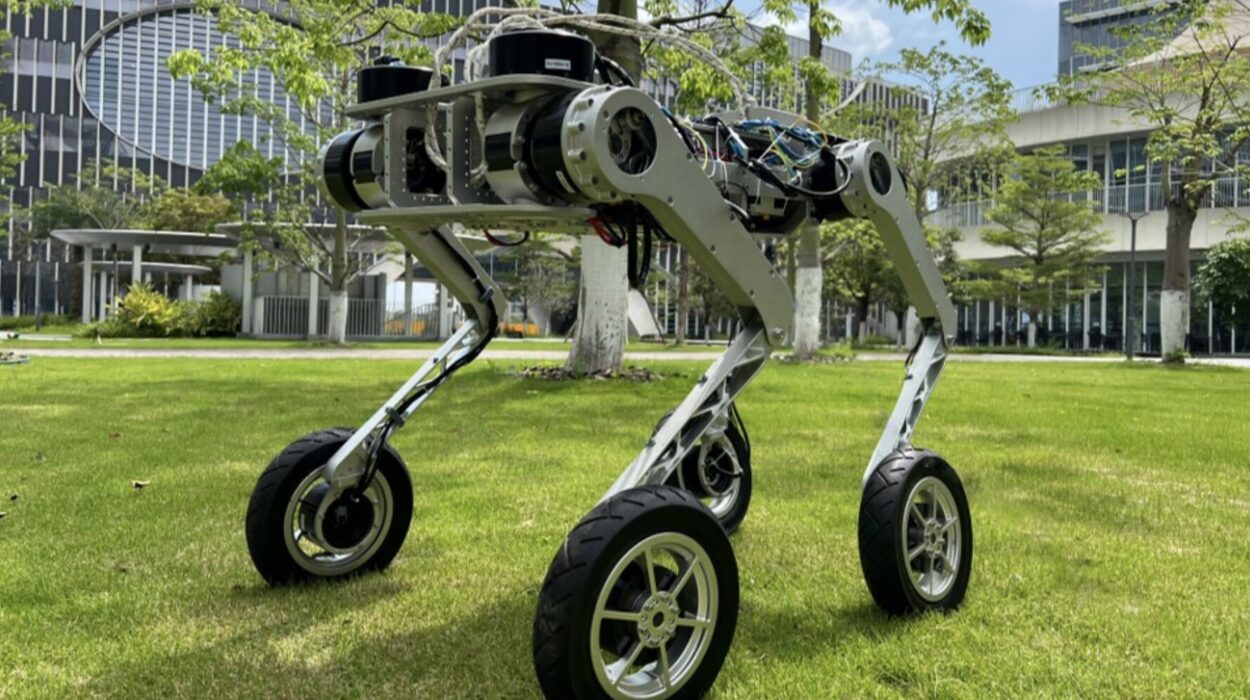Robots have long been masters of repetition. Put one in a factory, give it a clear and unchanging task—say, placing cans onto a conveyor belt—and it can work tirelessly and flawlessly. But take that same robot out of the factory and into a cluttered kitchen or a disaster site, and its abilities suddenly seem far less impressive. Even simple actions, like unscrewing a light bulb or turning a doorknob, can become frustratingly difficult for a machine.
A big part of the problem lies in the robot’s “wrist.” In traditional designs, the wrist is bulky, mechanically complex, and not always well-suited for the unpredictable variety of real-world tasks. That could soon change, thanks to an innovative new design from Yale University researchers that takes an elegantly simple approach to a long-standing robotics challenge.
The Problem With Traditional Robot Wrists
Most robots built to manipulate objects rely on two key parts: a gripping mechanism and a wrist with three degrees of freedom. This means the wrist can move in three independent ways—rolling front to back, pitching side to side, and yawing vertically.
While this range of motion is essential for tasks like twisting a knob or screwing in a bolt, it comes at a price. These wrists are mechanically complicated, often positioned far away from the object being held. As a result, a robot has to move its entire arm just to adjust its grip, leading to awkward and inefficient movements. This makes them less effective in cramped or unpredictable environments, where space and precision are critical.
The Sphinx: A New Approach
In the lab of Professor Aaron Dollar at Yale, researchers have been working on a way to simplify this problem without sacrificing dexterity. Their answer is the Sphinx, a robotic hand with a spherical mechanism that combines gripping and rotating capabilities in a single, compact design.
Instead of separating the wrist and the gripper into two distinct components, the Sphinx merges them. This allows it to roll, pitch, and yaw objects directly within the hand itself, reducing the need for big, sweeping arm movements.
“It’s not very complex,” explained Vatsal Patel, the paper’s lead author and a Ph.D. candidate in Dollar’s lab. “It doesn’t have any sensors or cameras. But because of the spherical mechanism, it’s always going to roll, pitch, and yaw objects.”
Smaller, Faster, and More Efficient
By placing the rotation capability closer to the object, the Sphinx design makes a robot’s movements more compact and efficient. In tight environments—like screwing in a light bulb inside a closet—this can be a game-changer. Instead of repositioning the whole arm to achieve the right angle, the Sphinx can adjust the object’s orientation right in the hand.
“It works much faster and much more efficiently,” Patel noted. “You don’t need a ton of space. The wrist is able to do these rotations much closer to the object without the burden of moving the whole arm.”
A Step Toward More Adaptable Robots
While this design might seem like a small tweak in the world of robotics, its implications are significant. One of the biggest challenges in robotics today is enabling machines to work in unstructured environments—places like homes, disaster zones, and hospitals, where the exact location, size, and shape of objects can vary wildly.
“In these environments, robots don’t know exactly where the objects are,” Patel explained. “They’re trying to adapt to the environment, adapt to the objects. That’s where robotics in general is moving, and we’re trying to solve the same problems.”
By simplifying the wrist and bringing rotational control closer to the object, the Sphinx could help robots become more useful outside of the carefully controlled conditions of a factory floor. It’s another step toward a future where robots can help with everyday chores, assist in dangerous rescue operations, and perform tasks in environments too risky for humans.
More information: Vatsal V. Patel et al, Combining grasping and rotation with a spherical robot hand mechanism, Nature Machine Intelligence (2025). DOI: 10.1038/s42256-025-01039-1
The design files and build instructions for the Sphinx hand are available open-source through the Yale OpenHand project





